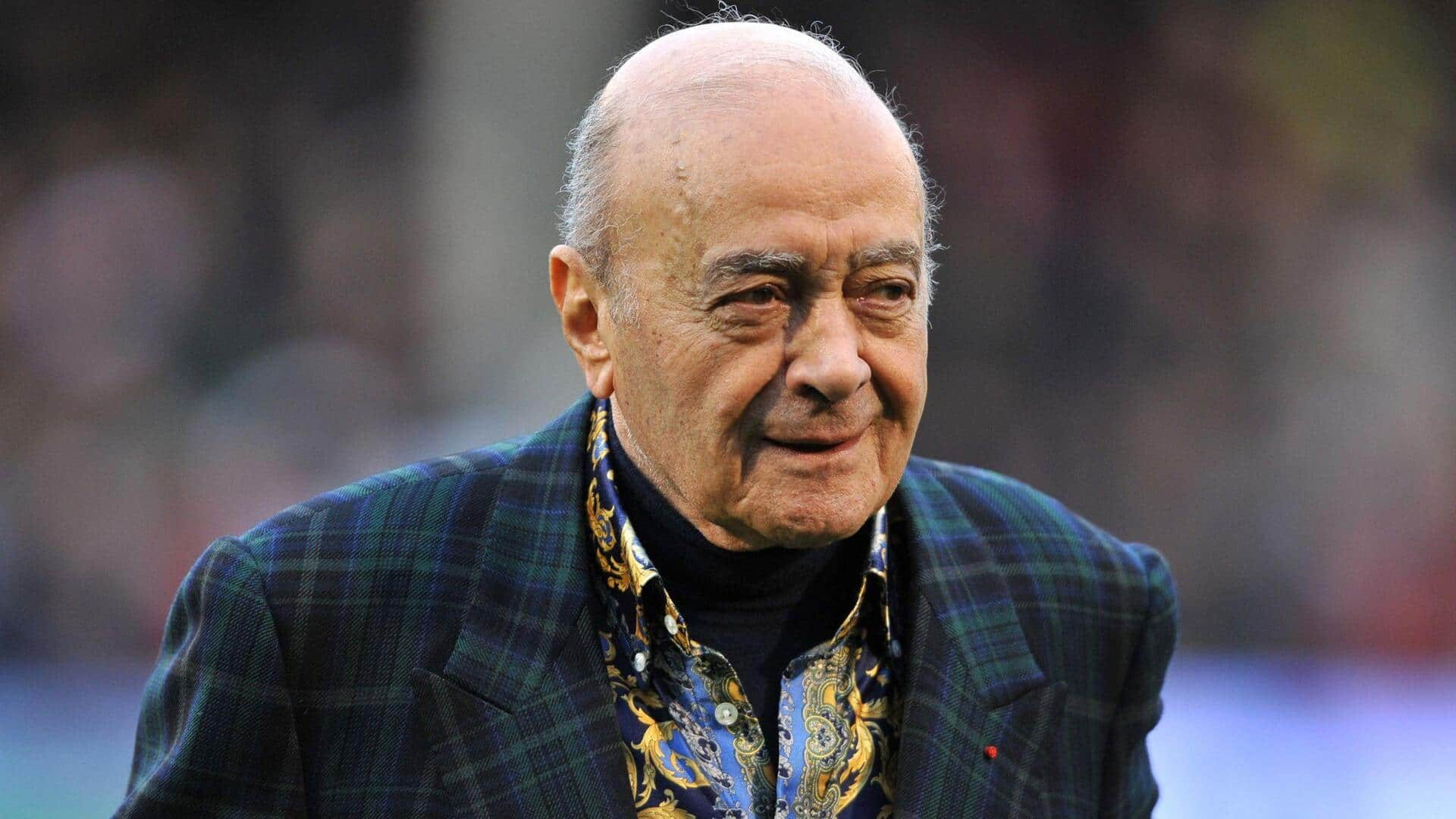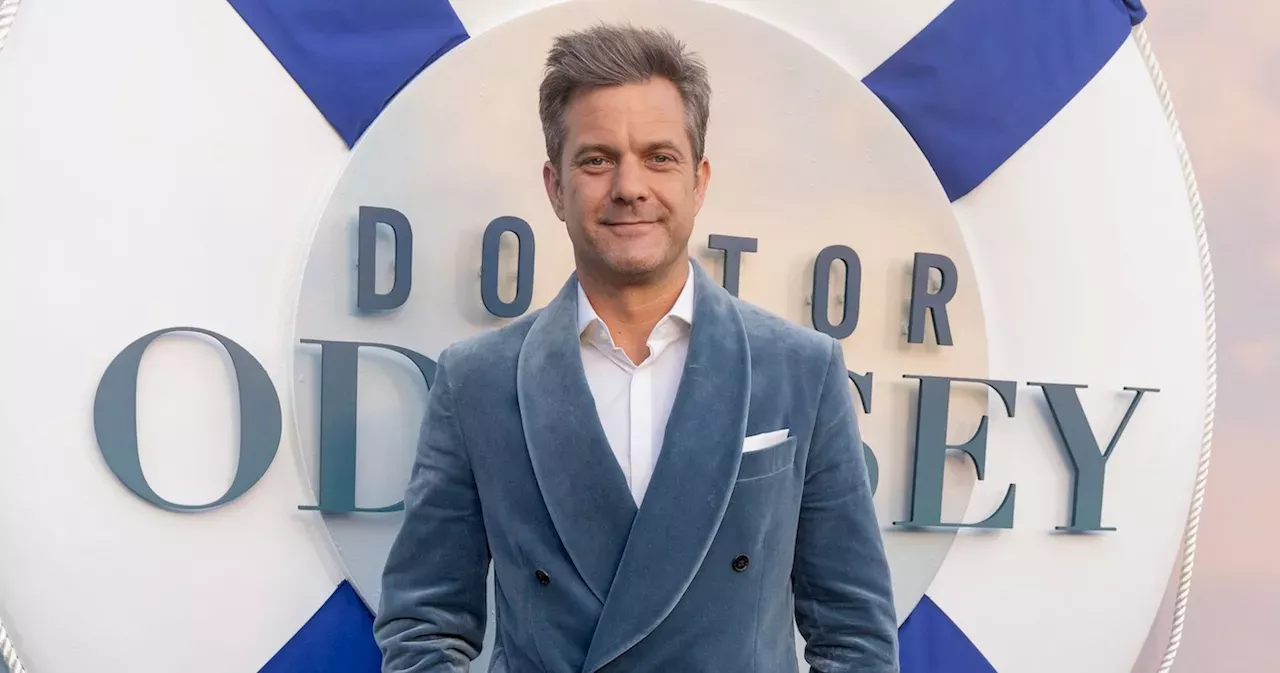HOUSTON — The Houston Astros are adept at authoring history. Their latest attempt may be the most daunting. This is one of 159 teams since 1901 to begin a season by losing 17 of 24 games.
Of the previous 158, four finished with a winning record. Just two made the postseason. Houston’s bid to become the third received a substantial boost this weekend.

Winning two of three games against Seattle moved the Astros into a tie with the Mariners atop the American League West. The Astros slept on Saturday with the division lead for the first time all season. Advertisement Sunday’s 6-4 loss created a virtual tie and a furious final 63 games to break it.
If general manager Dana Brown’s insistence in May didn’t signal it, his team will be aggressive buyers during the July 30 trade deadline with a focus on its injury-ravaged starting rotation. Here are two takeaways as Brown and his baseball operations staff begin their work. Explaining the luxury tax Houston’s proximity to the second luxury tax threshold could influence the club’s decision-making at the trade deadline unless owner Jim Crane chooses to venture further into uncharted territory.
Crane is already carrying the largest payroll in franchise history and is primed to pay the competitive balance tax for the first time in his ownership tenure. The Astros exceeded the first luxury tax threshold in 2020, but penalties were eliminated during the pandemic-shortened season. This year, the Astros have a $254,790,044 luxury tax payroll, according to Cot’s Contracts — more than $17 million over the first, $237 million threshold and just $2.
2 million away from exceeding the second one at $257 million. Teams that trade for players are only responsible for the prorated remainder of their 2024 salaries. That amount is all that is reflected on their luxury tax payroll, too.
If Crane is reluctant to go past the second threshold, starters like Chicago ’s Chris Flexen , Colorado’s Austin Gomber and Oakland ’s Paul Blackburn are cheap enough to keep his club under it. Texas’ Michael Lorenzen could be a candidate, too, but whether the Rangers would even entertain a trade with their intrastate division rivals is a legitimate question. Exceeding the second threshold would force Crane to pay a 12 percent surcharge on the 20 percent tax he’s already paying after eclipsing the first one.
Whether the owner is amenable to that is unknown: Crane hasn’t addressed a group of reporters since acquiring Justin Verlander at last season’s trade deadline. Advertisement This winter, people familiar with Crane’s thinking said he was hesitant to cross the first luxury tax threshold for a marginal upgrade. Signing Josh Hader is anything but, so Crane and Brown consummated the closer’s five-year, $95 million contract that thrust Houston into this position.
Presuming that winter precedent remains, it prompts wonder if the Astros are in search of another blockbuster, even if nothing about their prospect capital suggests they’ll be able to complete one. The team must prioritize starting pitching, too, and no names are available that would suffice as such a splash. If this conversation sounds familiar, it occurred last season.
Houston traded two of its top prospects, Drew Gilbert and Ryan Clifford , for Verlander, who did not become available until the final few days before the deadline. The team’s farm system can’t keep sustaining so much top-end attrition, but Crane has already demonstrated once before he prioritizes pennants over prospects. With Verlander not in position to throw 140 innings — reaching that total would trigger a $35 million player option for 2025 — and Alex Bregman entering free agency after the season, it’s worth wondering if Crane could do it again.
Is Brown becoming the ace Houston needs? The Astros have never needed to add an ace. That one is blossoming before their eyes only reinforces the thought. Hunter Brown threw six more scoreless innings during Friday’s series opener against the Seattle Mariners, maintaining a transformation that must enter the Astros’ calculus during the trade deadline.
Acquiring at least one starter is still mandatory, but if any urgency existed to fortify the front of Houston’s rotation, Brown may be lessening it. Stymying Seattle encapsulated the extent of Brown’s turnaround. He had a 9.
78 ERA during his last previous appearance against the Mariners, on May 5. That day, at Bregman’s behest , Brown began throwing a two-seam fastball . Advertisement Brown has a 2.
25 ERA across the 81 1/3 innings since. During that span, only two American League starters have a lower one: Garrett Crochet and Corbin Burnes , who just started the All-Star Game. Crochet could be the only front-line starter moved at the trade deadline.
Even if some others become available across the next eight days, Houston does not have the prospect capital to acquire any of them. Brown’s ascension may make that deficiency moot. He is not a bona fide ace but has pitched like one for two months, a sample size becoming more difficult to ignore.
Brown has finished six innings in 11 consecutive outings, 10 of which were quality starts. Opponents have a .619 OPS against Brown since he introduced his sinker.
Brown has thrown 229 of those two-seamers to right-handed hitters. Only three of them have been hit harder than 95 mph, and none of those fell for base hits. Brown’s sinker has an 8.
3 percent hard-hit rate. No pitch in baseball is generating a lower one — and no other pitch thrown at least 175 times has a hard-hit rate lower than 10 percent. Sustaining those numbers seems impossible, but a 3.
67 FIP and .270 BABIP across Brown’s 81 1/3 sinker-aided innings suggests there isn’t drastic regression looming. Brown crossed the 100-inning threshold during Friday’s start and now sits 58 1/3 frames away from matching the career-high workload he undertook last season.
Brown has thrown with an extra day of rest during nine of his 14 appearances since adding a sinker. Houston’s deadline should be focused on furthering that trend for Brown and Ronel Blanco — two starters who could use some reinforcements. (Top photo of Hunter Brown: Alika Jenner / Getty Images).



















